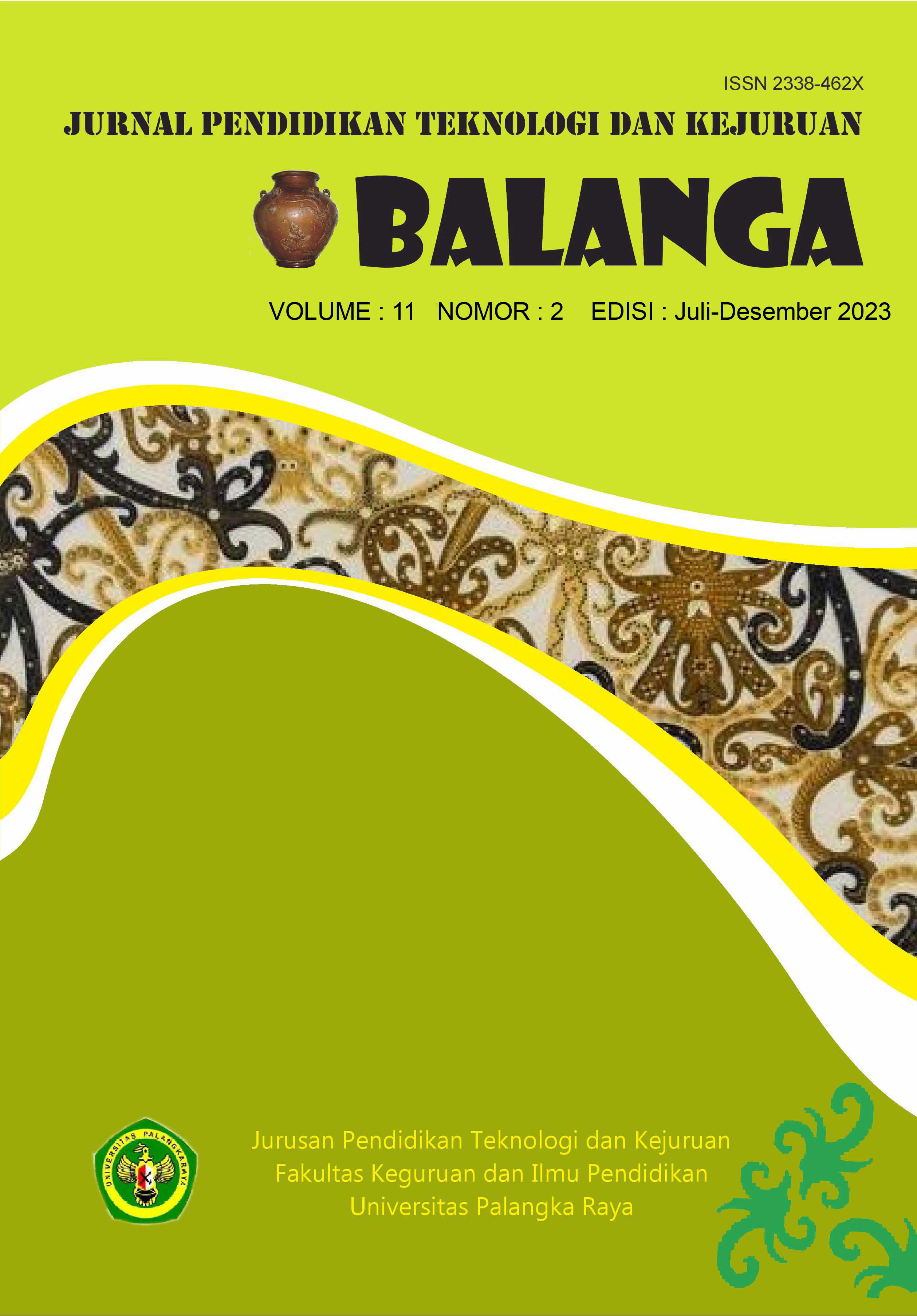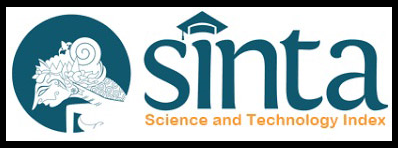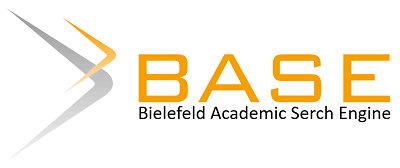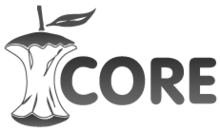OPTIMIZATION MODEL FOR USING WATER FLOW IN HYDRAM PUMP STORAGE BARRELS AS A SOURCE OF SUSTAINABLE ELECTRICITY GENERATION ON A LABORATORY SCALE
DOI:
https://doi.org/10.37304/balanga.v11i2.11742Keywords:
Energy, Experimental, Hydram PumpAbstract
Currently, energy needs are increasing greatly, this is influenced by increasing population growth and human activity. The development of simpler renewable energy must be encouraged to meet energy needs, at least to meet the domestic energy needs of households. A hydram pump is a tool that can utilize water flow to produce kinetic energy which is then converted into potential energy to lift water to a certain height. This potential energy can be converted into electrical energy through a generator. A hydram pump is a tool used to raise water from a low place to a higher place automatically with energy originating from the water itself, namely because of the height of the falling water which is used to press the valve on the hydram pump and result in a water hammer when the water is stopped automatically. suddenly, then the change in momentum of the fluid mass will also increase the pressure suddenly. This research was carried out at the Mechanical Engineering Education Laboratory at Palangka Raya University with the methods described which will include experimental steps, data collection and analysis to be carried out. This research aims to develop an optimization model for the use of water flow in the hydram pump reservoir as a source of sustainable electricity generation on a laboratory scale. The results of this research have been carried out 4 times with the height of the turbine from the bottom of the experimental floor being 3 m while the size of the exhaust valve opening is ± 4 cm and the height of the water plunge from the barrel to the hydram pump is 2 m; 1.5m; 1.2 m is able to produce stable turbine rotation so that the lights come on. However, at a height of 1 m from the barrel to the hydram pump, the turbine rotation produces dim lights.
Downloads
Downloads
Published
Issue
Section
License
Copyright (c) 2023 BALANGA: Jurnal Pendidikan Teknologi dan Kejuruan

This work is licensed under a Creative Commons Attribution 4.0 International License.






























